From June 5 to 9, the annual conference for developers from Apple – Worldwide Developers Conference was held. Along with the usual updates, Apple finally introduced the long-awaited new augmented reality device — Apple Vision Pro, which immediately caused a lot of thought and discussion. Will the Apple Vision Pro become a mainstream product? Will it change the format of interaction with content? What new opportunities will be open for users and developers? The company promises that sales of the device will begin in early 2024.
Traditionally, MacPaw specialists reviewed the presentation to find out what developers will have to work with in the future. They tried to figure it out with Vision Pro as well. We share with you their main thoughts.
Hardware: what makes Apple Vision Pro special?
According to engineers, Apple took the expected step — it presented not a revolutionary new product, but one that is already on the market. However, the company did it in its own style.
“Usually, I’m quite ironic about claims that Apple has made a revolution. In my opinion, they never strive for this, but simply make devices that first become the highest quality in their segment, and a little later – the most popular,” says Yurii Fedorenko, MacPaw Site Launch Service Manager.
It is interesting that Apple did not mention virtual reality (VR), but spoke of its technology as augmented reality (AR) because the user can see people from outside and the surrounding space through the glasses. That is, Apple Vision Pro is a mixed-reality headset. Instead of entering the VR market and having such direct competitors as Meta, Sony, or Samsung, Apple went its own way and chose the direction of AR. It is clear that the release of Vision Pro is an attempt to become the leader of the new platform.
Apple has rethought the user’s interaction with the device: you control it through gestures, gaze, and voice. It’s similar to how Apple once made the iPhone, adding touch control to the screen instead of pressing keys.
“Remember what happened with the first iPhone when Steve Jobs said Apple was going to reinvent the phone? I believe that the situation is repeating itself,” Yevhenii Peteliev, MacPaw Senior Software Engineer shares his impressions.
As of now, Vision Pro looks more like a niche product and market adoption will depend entirely on the software.
“I think that it depends on the interest of the developers, whether this device will become a niche, or whether we will all get used to the
black mirror ofthe new reality,” Oleksandr Hryshchenko, CleanMyMac Senior Software Engineer believes.
The new VisionOS operating system and opportunities for developers
Especially for Vision Pro, the Apple team created a new operating system — visionOS. Visually, it is similar to iOS, iPadOS, macOS, and tvOS. Therefore, it will not be something unknown for developers, because visionOS is based on already known frameworks, such as ARKit, RealityKit, and Spatial. Developers got acquainted with ARKit for the first time on June 5, 2017. And yes, it originally worked with iOS and iPadOS.
But Swift and SwiftUI are a new standard from Apple, and according to Yevhenii Peteliev, the sooner developers switch to them, the easier it will be for them to adapt applications to new systems. As you can see, Apple has been preparing developers for the fact that a standalone device for this will soon appear, and today nothing is stopping the development of applications for Vision Pro.
In general, nothing radically new in the tools for developers was presented. However, it is the type of interaction, the space that is provided for the creation of applications that is impressive.
According to Illia Kniazev, Software Engineer of CleanMyMac, the demo of the sports application for Vision Pro turned out to be very illustrative.
“In addition to the main broadcast window, we saw additional windows, effects, player models. It turns out that in addition to ordinary single-window applications, you can create personalized space. It’s even hard to imagine how much effort it takes to create such an application, but the experience should be unique,” says Illia.
Developers should already look towards programming for VisionOS. What was difficult to create on small displays will be possible with Apple Vision Pro. It was clear from the presentation that developers are also in for a new era of app design that will be optimized for ease of use in Vision Pro, just as the mobile design once was. This combination of innovative and familiar is the right first step, according to MacPaw specialists.
“I believe that everything will work out at Apple, because they made the best possible device for this money, and probably will be able to make it cheaper than others,” says Yurii Fedorenko, Site Launch Service Manager.
As for the Vision Pro use cases, it looks like Apple has decided to delegate its search to the developer community, providing the platform and the device itself.
For professional activities or entertainment?
Opinions about the possible scenarios of using the device are divided. Some experts believe that this device is exclusively for entertainment. After all, Apple has very vividly demonstrated the capabilities of Vision Pro in gaming, communication, and watching video content, in particular, sports events.
Some, on the contrary, see the device specifically in professional activities, because the high price requires more practical use.
“I often work with a lot of documents, and constantly switching between tabs, windows, desktops and screens can sometimes be very tiring. And if I put everything on one screen, I won’t see all the information I need. It would be great if I could have all the necessary information in one almost physical space,” says Vitalii Budnik, Staff Software Engineer at MacPaw’s Setapp.
Augmented reality also provides opportunities to look at, for example, medicine, engineering, and education in a new way. And control using eye movements, gestures, and voice can help people with disabilities interact more easily in the virtual space.
Oleksii Myronenko, Product Manager of CleanMyMac, also sees among possible usage scenarios:
- virtual fitting of clothes;
- virtual inspection of the car before purchase;
- development of the interior and exterior design.
User security and open questions
There are many usage scenarios and capabilities of the device for developers and users. But many open questions remain. For example, will Vision Pro become mainstream?
“The company has been working on this device for many years and presented it as if the Apple Vision Pro would definitely become a mass product. However, the price of $3,499, availability only from next year, and the lack of an adapted application ecosystem currently make this product a concept for “pioneers,” adds Dmytro Lutsyk, Product Manager. Some functions really look unusual.
“These recreated artificial eyes look extremely creepy. I think it would be better without any “humanized” appearance of the device,” says Maksym Kotliar, Senior Software Engineer at Setapp.
New devices also mean new opportunities for hackers. At the presentation, we saw a new feature for protection — Optic ID, which analyzes the retina of the user’s eye.
Viktor Kubashok, Senior Malware Research Engineer, reflects on the security of new devices: “We can assume that hackers will try to bypass the authentication system to gain access to the device, as it was done before with Face ID, Passcode or Fingerprint. For example, using AI-generated content or exploiting vulnerabilities. But for now it is difficult to predict.”
But according to Ivan Petrukha, Senior Software Engineer, Apple Vision Pro is built, like all Apple products, with an important focus on privacy and security. Third-party developers will not have access to environmental cameras and other sensors. No one, not even Apple, will gain access to eye focus.
Access to this information is provided only after confirmation with the tap of a finger. The new Optic ID biometric authentication method will allow you to use the device only after scanning the retina, storing biometric information exclusively locally — in the Secure Enclave subsystem, which is isolated from the main processor.
Ethical questions also remain open. Video showing the way children compete for the attention of a virtual reality-obsessed father hints at the impact that advancing technology may have on socialization and mental health. And how attractive will the reality be for people after such an exciting experience? This is a starred question to ponder.
And what do you think of the Apple Vision Pro?
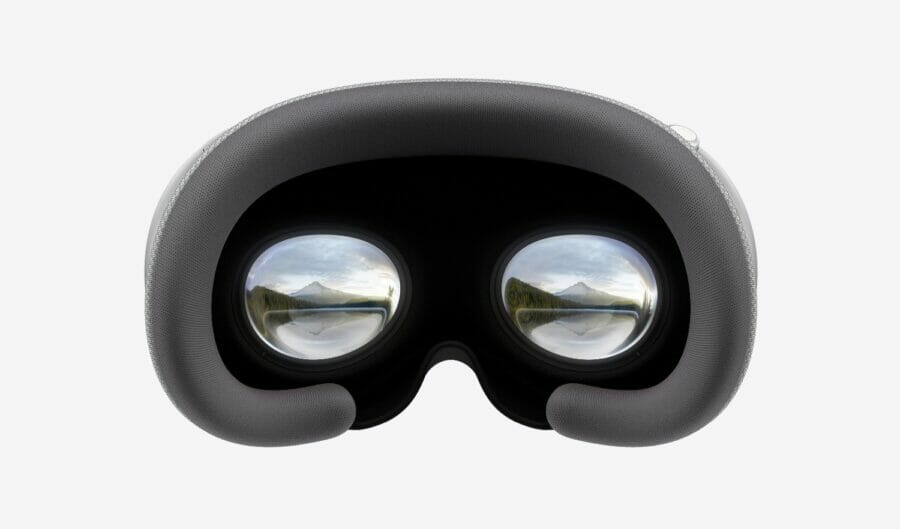
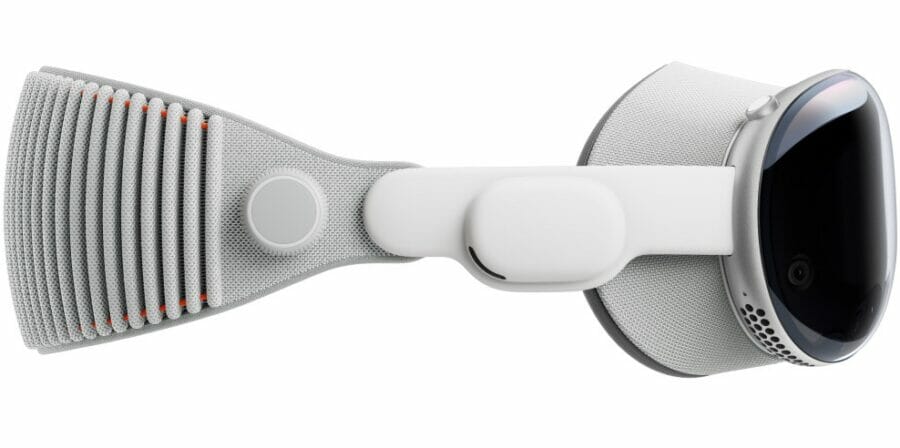
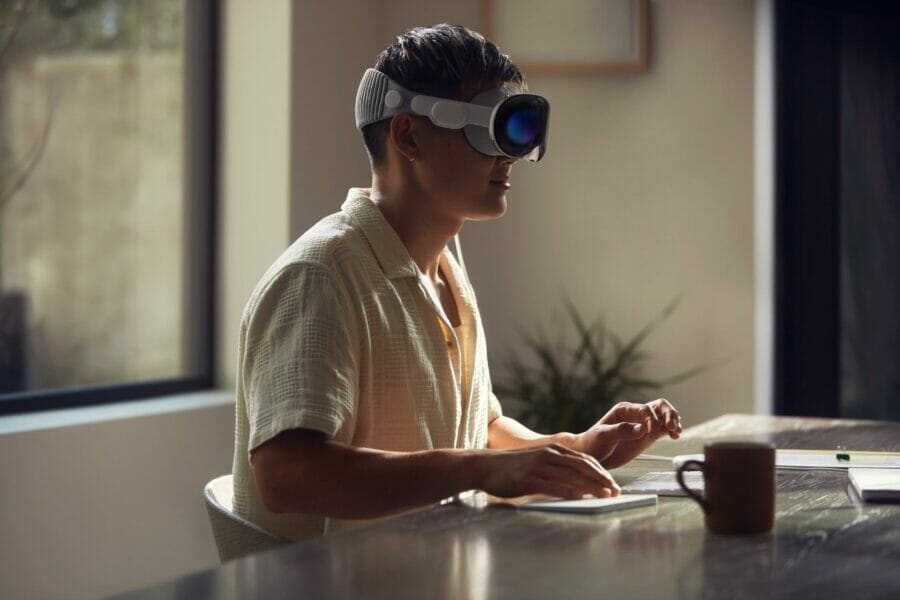


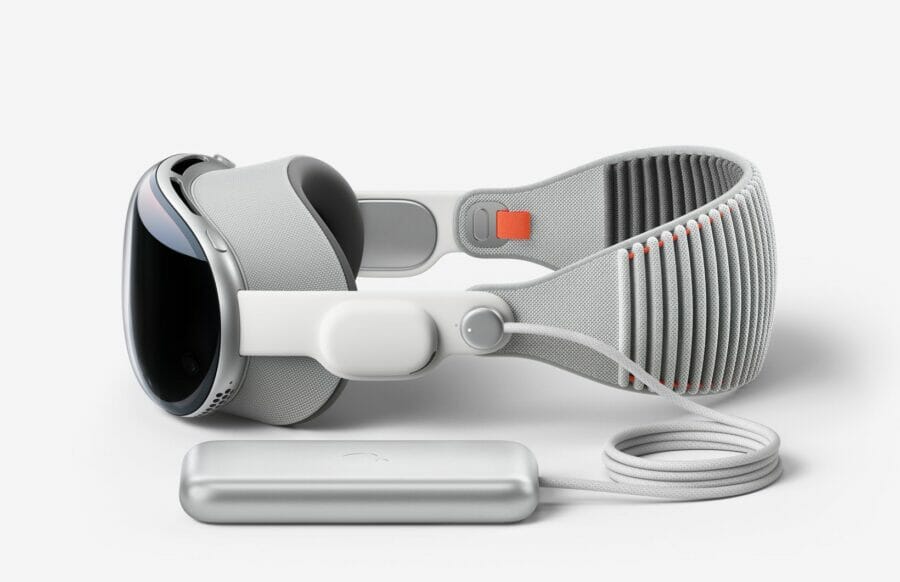
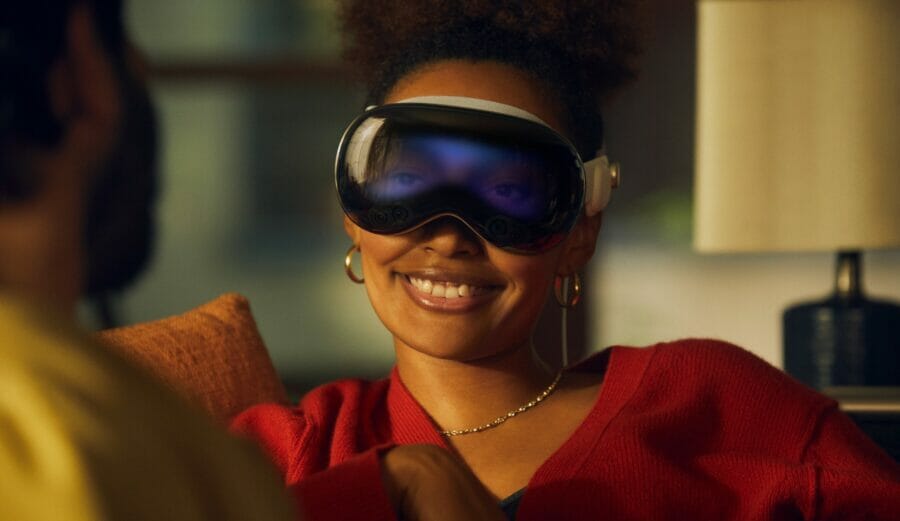
![Who actually makes the Apple iPhone 15 [Infographic]](https://mezha.media/wp-content/uploads/2023/11/iphone-15-pro-200x145.jpg)

Loading comments …